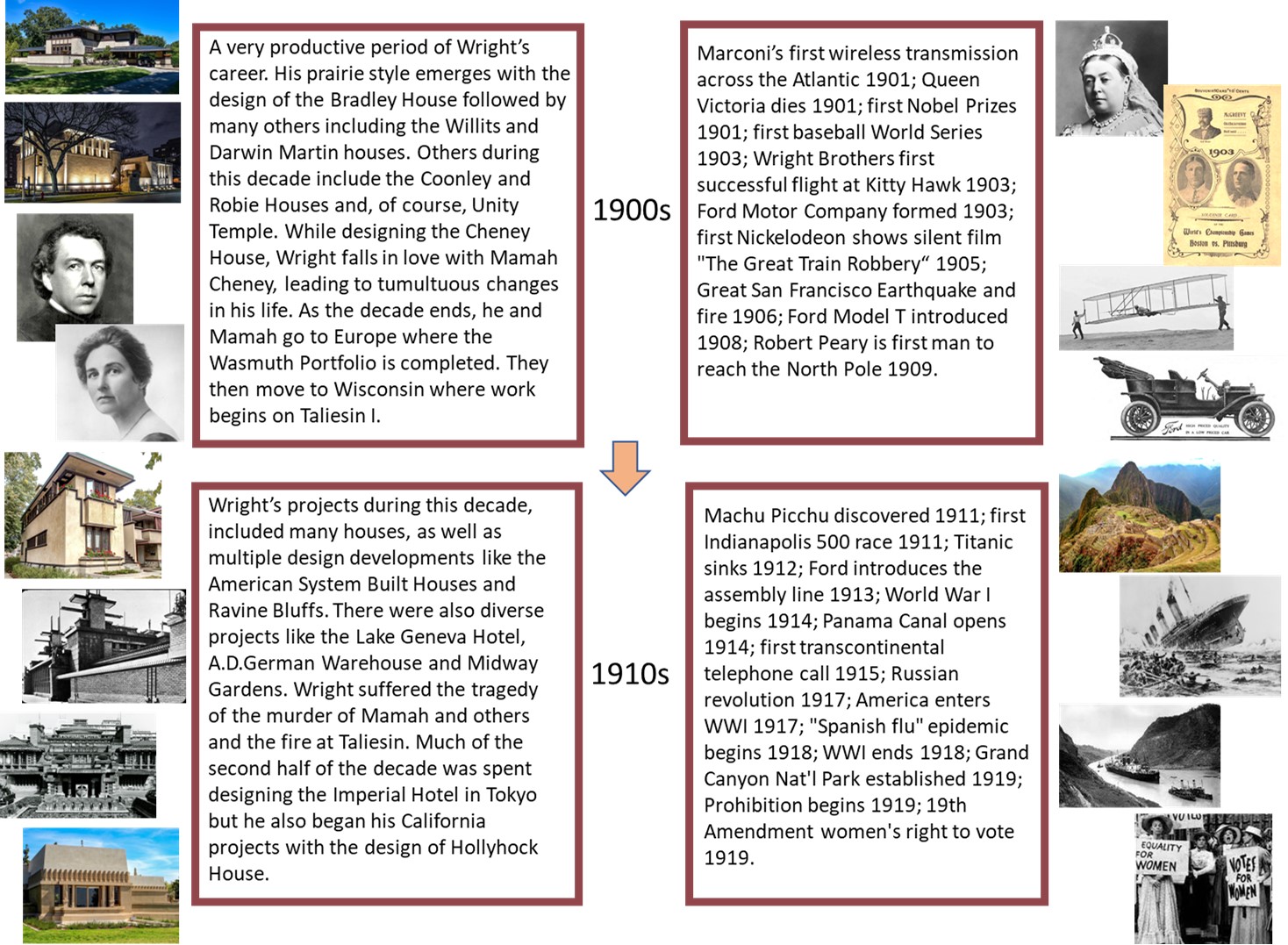Shotcrete was used to repair the concrete façade of Unity Temple in the 1970s and again during the recent restoration completed in 2017. This product has an interesting local history. The original dry version of shotcrete, known as gunite, was invented in 1907 by a taxidermist who worked for Chicago’s Field Museum of Natural History, which was then located in what had been the Palace of Fine Arts building from the Columbian Exposition (now the Museum of Science and Industry).
 Carl Akeley, considered the father of modern taxidermy, was also a naturalist, sculptor and inventor. After working at the Columbian Exposition, he was offered the position as Curator of the Zoology Department at the new Field Museum. Since the quickly built buildings of the Columbian Exposition were not intended to be permanent, the exterior of the museum building was crumbling. Akeley invented a “cement gun” to blow cement through a hose using compressed air, with water added at the nozzle. This technique was used to apply a more durable material to the exterior walls of the building. He was granted a patent in 1911 for his ‘cement gun” and the product gunite. Other processes for spraying concrete were developed in the 1950s and 1960s. Shotcrete is the term used collectively for any of these methods.
Carl Akeley, considered the father of modern taxidermy, was also a naturalist, sculptor and inventor. After working at the Columbian Exposition, he was offered the position as Curator of the Zoology Department at the new Field Museum. Since the quickly built buildings of the Columbian Exposition were not intended to be permanent, the exterior of the museum building was crumbling. Akeley invented a “cement gun” to blow cement through a hose using compressed air, with water added at the nozzle. This technique was used to apply a more durable material to the exterior walls of the building. He was granted a patent in 1911 for his ‘cement gun” and the product gunite. Other processes for spraying concrete were developed in the 1950s and 1960s. Shotcrete is the term used collectively for any of these methods.
Over his long career, Carl Akeley worked for the Field Museum and several other museums. He made expeditions to Africa to bring back specimens for display. His most famous piece, the Fighting African Elephants, is still on display in Stanley Field Hall of the Field Museum.
Ken Simpson is volunteer docent, researcher, and frequent contributor to the UTRF blog.






